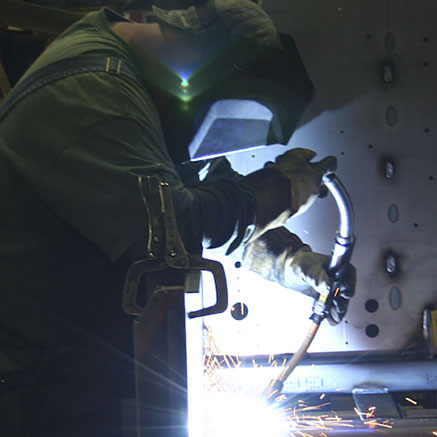
Advances in Technology Force Changes in Manufacturing
January 1, 2017
Smaller manufacturing plants with fewer and more specialized employees will be a trend in the near future.
That was the message PCDC Executive Director Ron Tillery heard from the recent State Chamber Economic Development Summit.
Speakers included Jay Moon, president of the Mississippi Manufacturing Association; Jay Tyszko, Executive Director of the U.S. Chamber of Commerce Foundation; and Dr. Ernie Gross, economics professor at Creighton University.
With technology closing the wage cost disparity, the experts said manufacturers are “reshoring” operations from counties like China and Mexico back to the United States. Those moves will also help manufacturers save on transportation costs.
Technological advances also mean a different skill set for manufacturing workers. There will be training opportunities for employees willing to learn robotics and technology or new jobs for those already interested or trained in those fields.
The higher skill sets needed translates into higher salaries for manufacturing employees.
Here’s a few other predictions from the summit:
- Manufacturing employment will continue to decline, similar to the agriculture revolution of the past half century, with technology improving productivity. Companies that don’t innovate will evaporate.
- Education systems need to re-orient their career education focus. It takes too long to prepare students for jobs in today’s economy, and many jobs are obsolete by the time students obtain their degrees. Also, too many students are dropping out of college, and it may be due to the high costs.
- Data evaluators will be in high demand in the near future. More than 90 percent of the data generated in the history of the planet has occurred within the last two years. And, the trend is accelerating.
- Agriculture data is a rapidly growing sub-category that includes:
- Diagnostic data – analyzing past performance,
- Descriptive data – what’s happening now,
- Prescriptive data – what needs to be done, and
- Predictive data – what is likely to occur.
- We’re in the early stages of the fourth industrial revolution, cyber connectivity.







